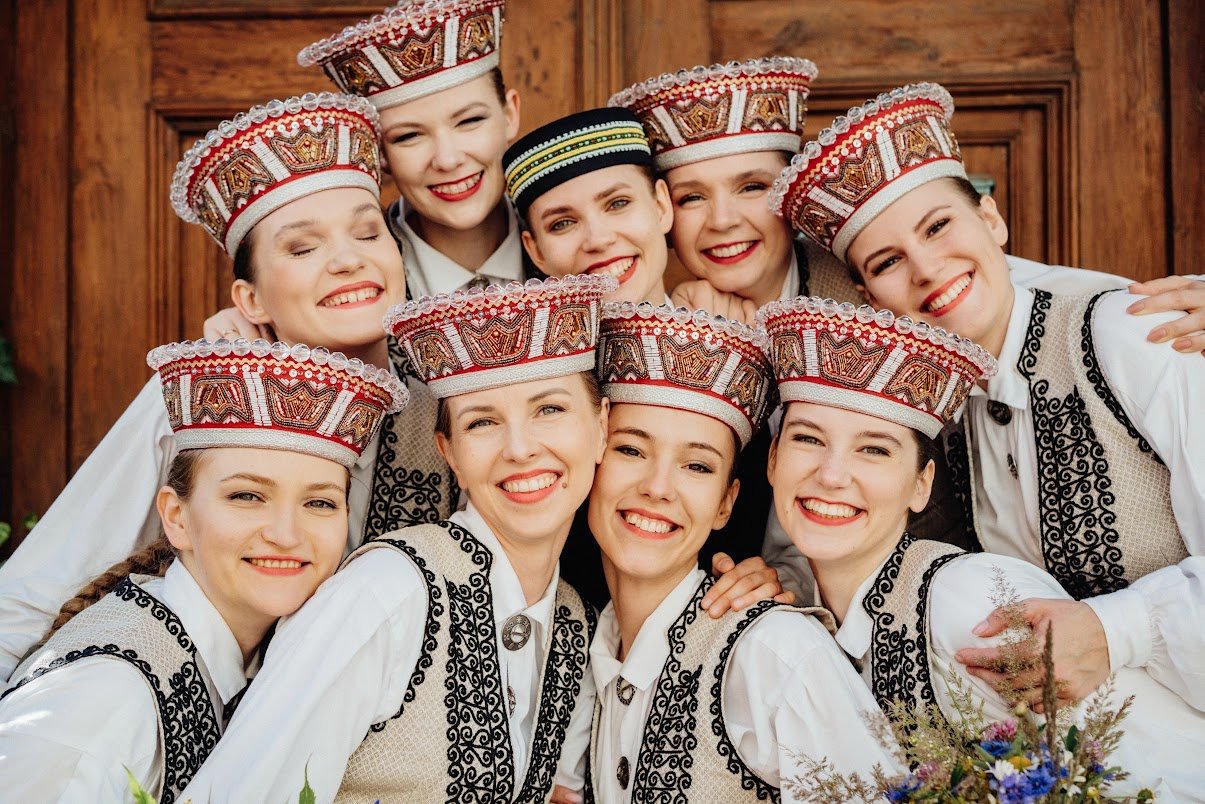At the summer solstice, the northern hemisphere is tilted at its maximum angle towards the sun resulting in the maximum number of hours of daylight.
Since ancient times, this midsummer day has been observed and celebrated by many cultures. In the agricultural calendar, it was a time to celebrate the sowing of the crops and enjoy the short break before harvest began. In Northern Europe, its effects are more pronounced with very long days, which of course is contrasted six months later when the winter solstice (Ziemassvētki) results in very long nights in that part of the world.
In astronomical terms, the longest day of the year takes places on either June 20th or June 21st. With the Christianisation of Latvia, Ligo was moved to the day before St. John’s Day.
The day before Ligo is called ‘Herbal day’ (Zāļu diena), when people will gather up the flowers and plants that will be used to make bouquets and wreaths to be worn on Ligo and Jāņi. Women wear wreaths made from flowers, while men wear ones made with twigs or leaves. It is a holiday to celebrate with dancing, singing, eating and drinking being the order of the day.
One custom is to jump over bonfires, which is an ancient tradition associated with other festivals around the world, such as Parsi, the Persian New Year.
During the Soviet era, the celebration of ethnic holidays such as Ligo and Jāņi were suppressed by the authorities as they were seen as nationalistic when the focus should be on the Soviet Union as a collective.
Since independence in 1990, the holiday has been reinstated and the (at least) two-day break for Ligo and Jāņi has proved a popular holiday period for Latvians to take some time off and enjoy the weather at this time of year.
